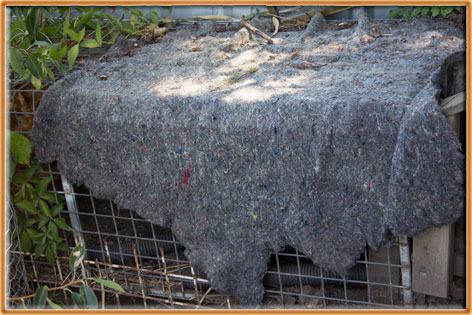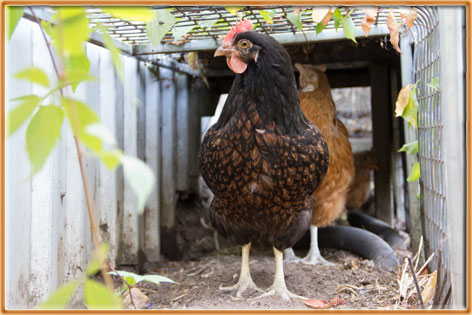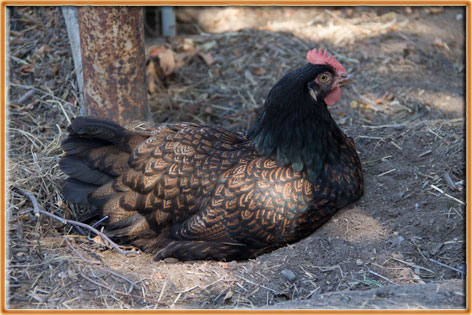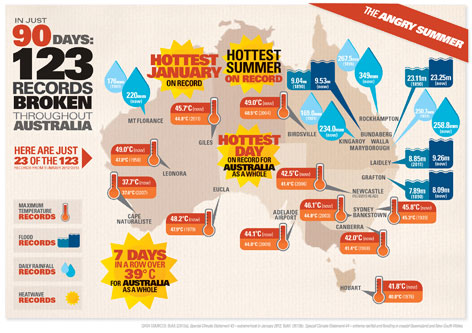Bioflix competition - give it a go!
/Have you seen the Slopes to Summit (S2S) film competition? It's about amateurs creating short films (less than eight minutes) on biodiversity within the project area. That's Mount Kosciuszko to Corowa along the Murray and north taking in the towns of Culcairn, Holbrook, and Tumbarumba. Woo hoo - Albury's in that mix! They suggest films might depict a particular native animal or plant, a special natural place, or what you or someone you know is doing to conserve local biodiversity.
They're offering $5,000 in prizes across four categories: Open (amateur), Primary Schools, Secondary Schools, and Tertiary (Uni/tafe). Entries close 5pm, Friday 31st of May - which means there's still about five weeks to get something together.
I'm excited as it gives me an excuse to spend some time putting together some photos and thoughts that I'd like to share. And with the best entries being screened at Albury cinema in June, I'm even more thrilled to think about the great films we're bound to see. Whispers from others working on their entries suggest there'll be tales of regeneration, favourite critters, folks doing awesome work and more. Afterwards the organisers plan to share the collection of local films online too.
You don't even need lots of film-making experience. I'm using mainly still photos and maybe a little bit of video (pushing my skills there!), some sound and the help of some software to create my 'film'.
If you need some inspiration, or aren't likely to enter but wonder what all the fuss is about, take a squiz at the links provided by way of background for the competition ... lots of ideas and inspiring tales, plus some tips on making a short film.
All the official stuff and more info about the competition is at: http://www.greateasternranges.org.au/s2s-bioflix-2013. Note that entries need to be shot in, or depict the biodiversity of, the project area.
I'm going to give it a whirl and I think you should too!










